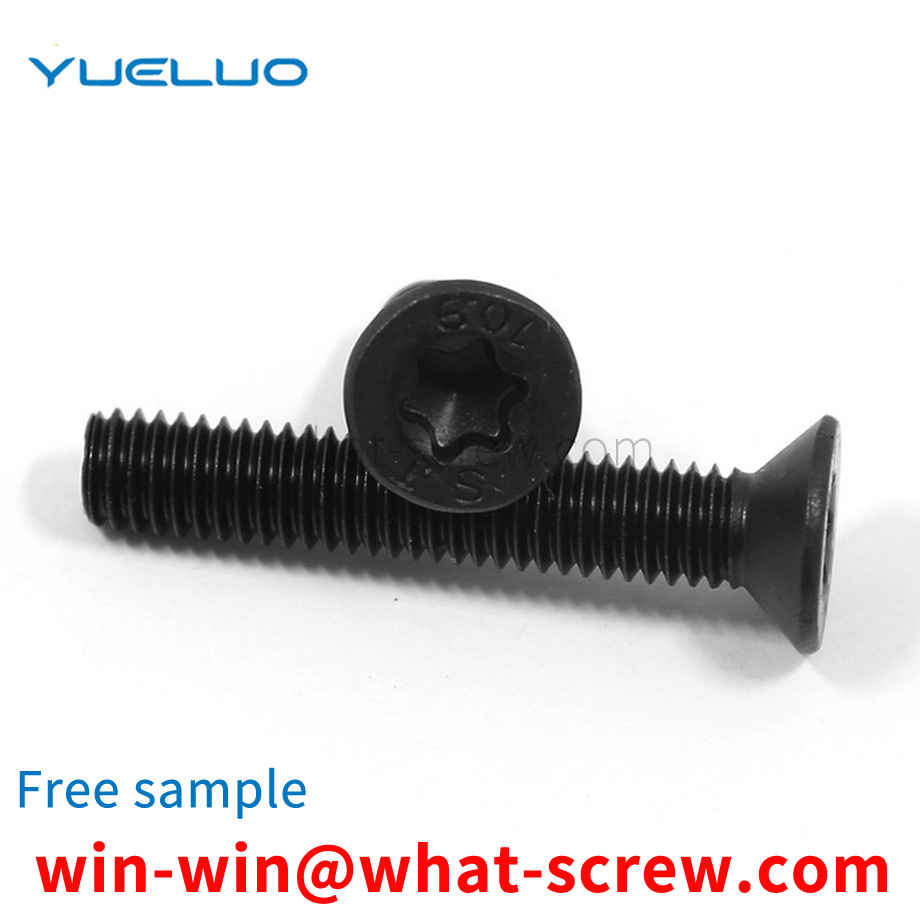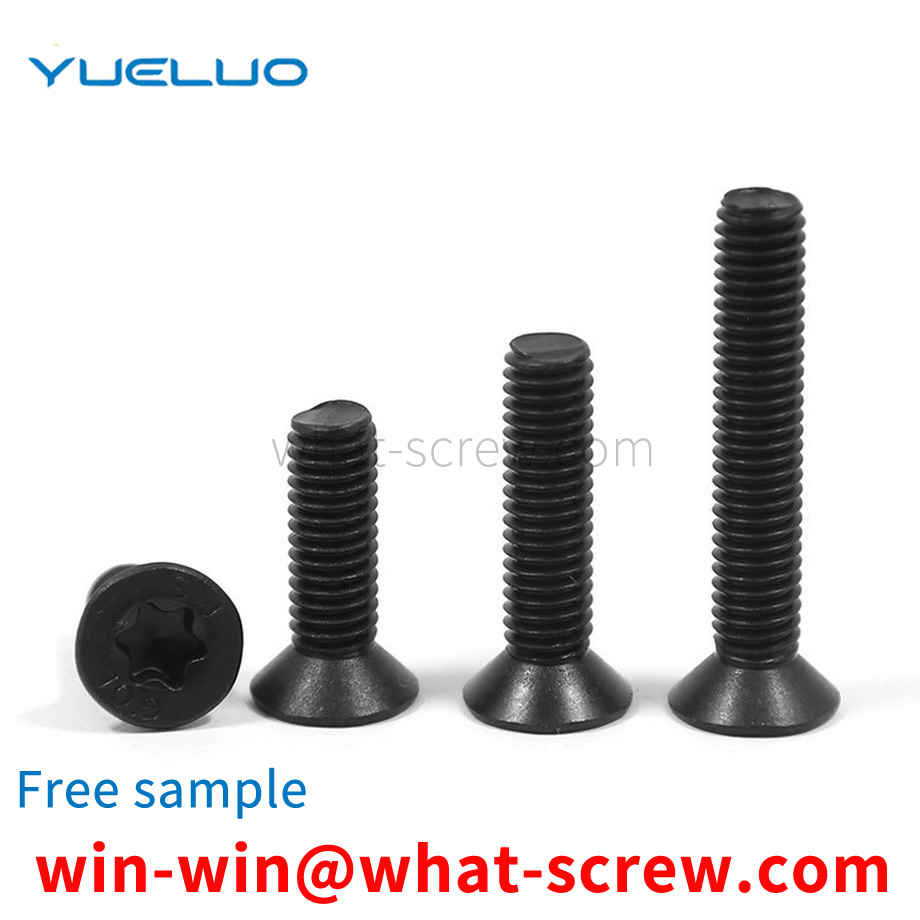A nut is a nut, a part that is screwed together with a bolt or screw for fastening. A component that must be used in all production and manufacturing machinery is divided into carbon steel, stainless steel, non-ferrous metals (such as copper), etc. several types.
screw generally includes a screw head, a screw part and a screw tail. In the traditional screw processing, the screw head and the screw part are punched out first, and then the threaded part is processed on the screw shank through the turning process. When the screw head is traditionally punched, the screw head is easily damaged due to the large punching force.
Gaskets are primarily used to protect the bearing surfaces of the coupled pieces. Bolts, nuts, etc. are mostly made of medium carbon steel, and alloy steel is also used. When there are requirements for anti-corrosion or electrical conductivity, copper, copper alloy and other non-ferrous metals can also be used. The standards of China and many countries stipulate that threaded joints are graded according to their mechanical properties, and the grade code is marked on the fastener. The rivet is made of steel, aluminum alloy or copper alloy, etc., and the head has various shapes to meet the needs of different rivet seams.
Hexagon nuts are divided into three types: I type, II type and thin type according to the nominal thickness. Nuts above grade 8 are divided into two types: type 1 and type II. Type I hexagon nuts are the most widely used. Type 1 nuts are divided into three grades: A, B, and C. Among them, grade A and grade B nuts are suitable for machines, equipment and structures with small surface roughness and high precision requirements. Class C nuts are used on machines, equipment or structures with rough surfaces and low precision requirements.
T-bolt, the European standard is called hammer bolt, the material is carbon steel, the surface is galvanized or nickel-plated, the T-bolt can be directly put into the groove of the aluminum profile, and it can be automatically positioned and locked during the installation process. Used in conjunction with the blue nut, it is a standard matching connector when installing corner fittings. It can be selected and used according to the profile groove width and different series of profiles. When the T-bolts on the market are installed with the installation channel, the bolts need to be placed into the channel from the port of the channel, and then tightened when moving to the designated position. The bolts are easy to rotate during installation, and the connection is not tight. Therefore, it is necessary to propose a mounting structure that uses T-bolts and grooves.
We have many years of experience in the production and sales of screws, nuts, flat washers, etc. The main products are: internal serrated anti-loose washers, self-locking non-slip nuts, concave cushion surfaces, cap-shaped decorative caps, ball head caps and other products, we can provide you with Provide the right fastener solution for you.



















 Service Hotline
Service Hotline




